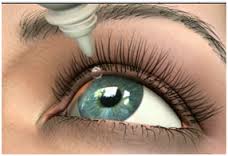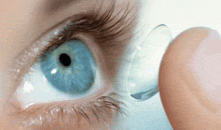
The Myopia population is over 2.4 billion world-wide. Highly myopic patients are at the higher than average risk of developing sight-threatening diseases such as retinal detachment and glaucoma etc., therefore myopia prevention and control is becoming imperative. We will explain how Myopia develops on what is Myopia page. There is also a dedicated page to answer many frequently asked questions about myopia which you may find useful.
We adopt two mainstream strategies for myopia control in children: atropine eye drops and orthokeratology (Ortho-K).

Studies show that 0.01% atropine slows the progression of myopia with very little side effects. However, 0.01% atropine is not yet commercially available and is only dispensed by compounding pharmacists in Australia. It is worth mentioning that 1% Atropine has also shown an effective result in myopia control, however, it leads to light sensitivity and poor near vision and is rarely prescribed due to its side effects.

Back in the 1960s, doctors first discovered that PMMA lenses possess reshaping effects to the eyes. For many years, orthokeratology was not popular until computerized corneal topography became available in the early 1990s. Since the new gas-permeable materials arrived in the late 1990s, Orthokeratology has become increasingly popular.
Orthokeratology, often referred as Ortho-K, is a method of using specially designed oxygen permeable hard contact lenses, referred as OK lens, to temporarily reshape the cornea while the wearer sleeps. After removing the lenses in the morning, vision is generally corrected to 20/20 without the need for glasses or contact lenses during the day. This effect lasts through the day in most cases and may last several days depending on the prescription and other factors. It is an alternative to laser vision surgery for adults and it is clinically proved to be effective in controlling myopia progression in children.
Copyright © Myopia Control Centre | Ortho-K Melbourne. All rights reserved